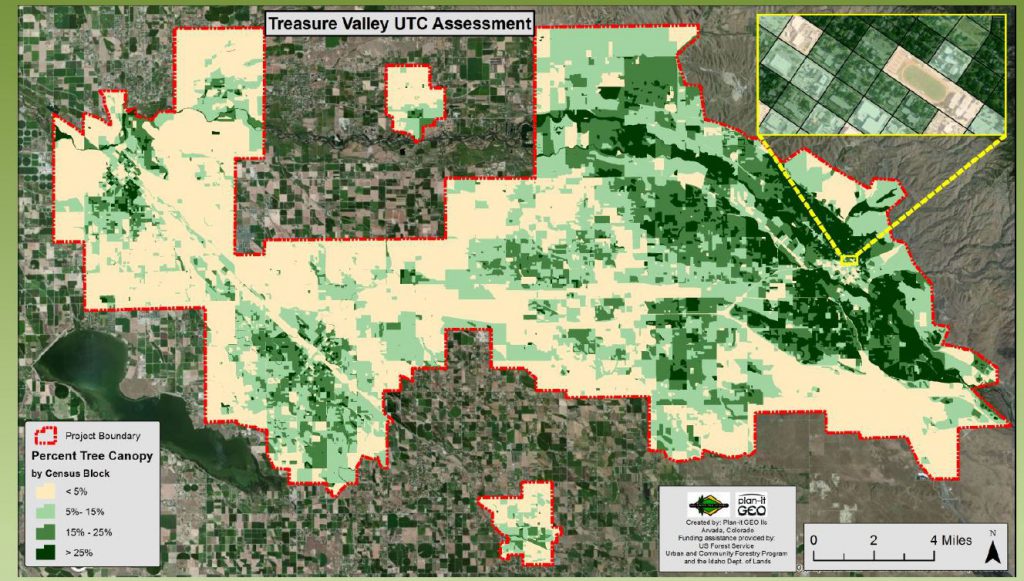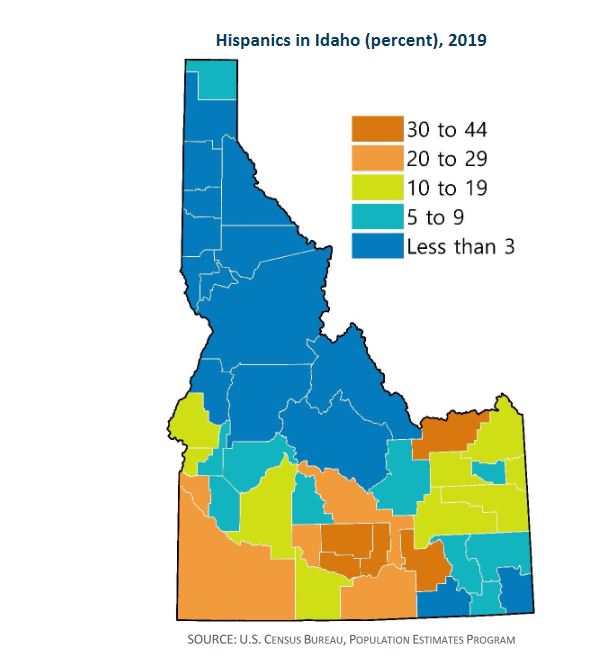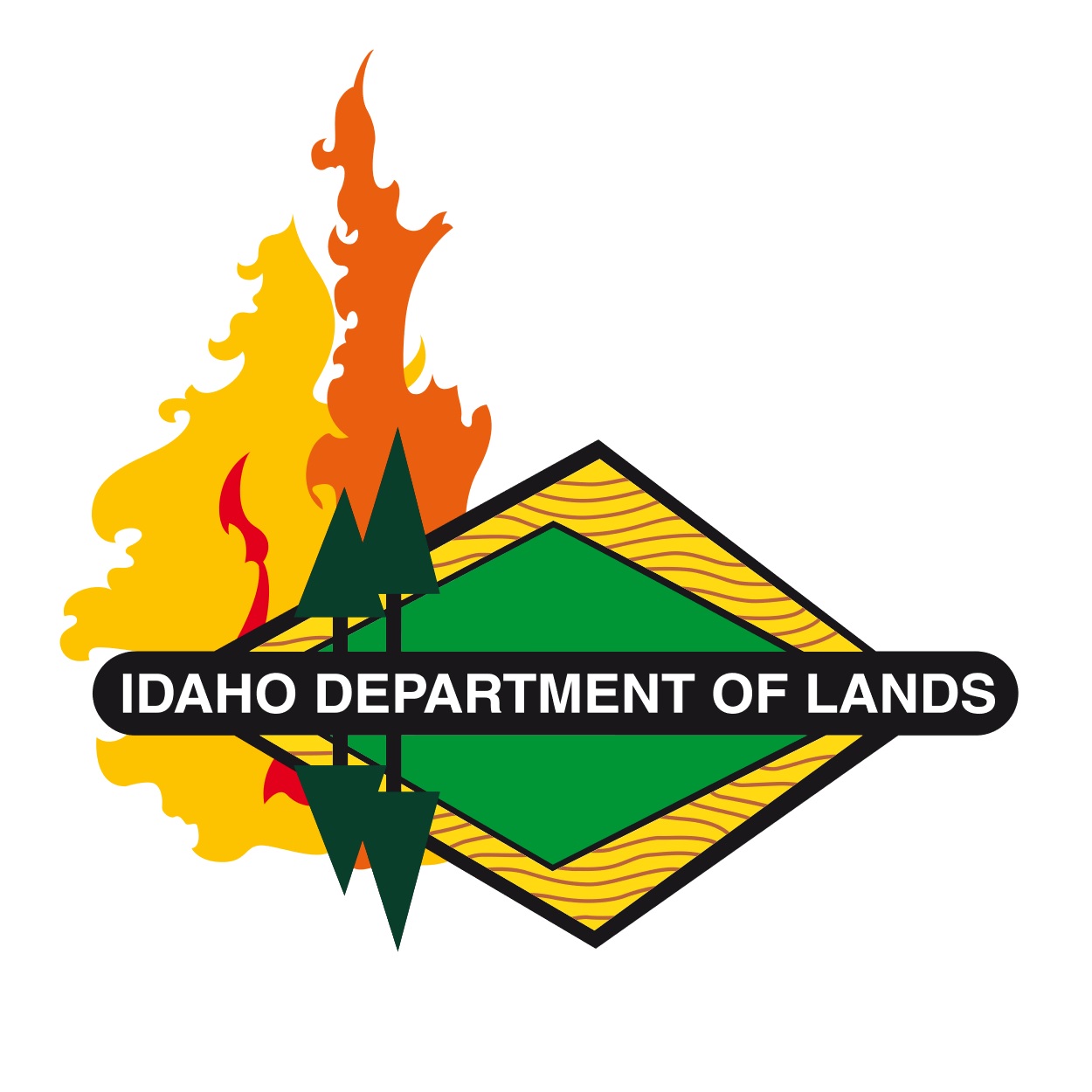Equity in Idaho’s Community Forests
Michael S. Beaudoin
Community Forestry Program Manager
Equity is a current hot-button topic in urban and community forestry. Our urban and community forests provide many important social and ecological benefits to our residents. Higher tree canopy coverage in residential areas often correlate with higher property values, better physical and mental health, and a reduction in energy usage.
Recent research into urban canopy coverage in American major cities indicates that our low-income residents, renters, and minority groups often live in areas with very low canopy coverage and don’t receive the associated benefits of higher canopy coverage. Some recent research on this topic can be found here and here.
Although there isn’t a lot of peer-reviewed research on this topic for Idaho’s communities, recent census data and our canopy assessment data shows that we could improve our outreach to our historically under-served residents.

Each year, the 17 western state urban forest program managers meet for our annual training conference. Idaho hosted this year’s conference with the theme of “Advancing Equity in Urban and Community Forestry”. Each program manager shared how their programs assist each state’s underserved residents. Some states, such as Washington and California, incorporate equity considerations into their grant programs and canopy assessments. The program resulted in valuable information sharing and connections to help improve our program delivery throughout Idaho.
The UCF program manager’s conference also included several guest speakers on equity. Ian Scott, Chair of the Pacific Northwest ISA’s Diversity, Equity, and Inclusion (DEI) committee shared how the Pacific Northwest ISA chapter is making progress on assisting underserved residents and planning virtual arbor chats to share more information on diversity and inclusion.
Dr. Jaap Vos also spoke to the program managers about equity considerations in urban and community forestry. Dr. Vos is a professor of planning and natural resources at the University of Idaho. Dr Vos shared some of his research into how open spaces and canopy coverage increases livability and property values in the Treasure Valley. Dr. Vos’ page can be found here.

This annual learning conference has encouraged us to utilize our tree canopy data to identify equity gaps within our program. We plan to utilize the data from our canopy assessments to identify areas within our municipalities that lack urban canopy coverage, shade trees, and access to open spaces. Upcoming census data and our existing canopy data will help us identify potential planting and outreach project areas for our program.
Our program is also assisting underserved groups by encouraging diversity candidates to apply for the Society of Municipal Arborist’s MFI program. The MFI program is a high-level leadership program for arborists to master leadership and public administration skills. Recent successful attendees from our program included arborists from our underserved Hispanic communities like Nampa and Caldwell.
The Idaho community forestry program is also committed to increasing opportunities for women in the arboriculture and the science, technology, engineering, and math (STEM) fields. To this end we plan to sponsor a scholarship for a woman to attend SMA’s MFI leadership development workshop in the near future.
Expect more information in the winter edition of the newsletter on our progress towards better assisting our historically underserved residents.

